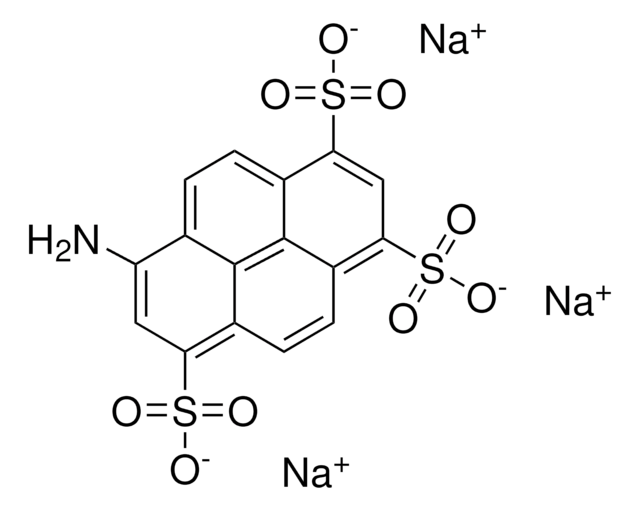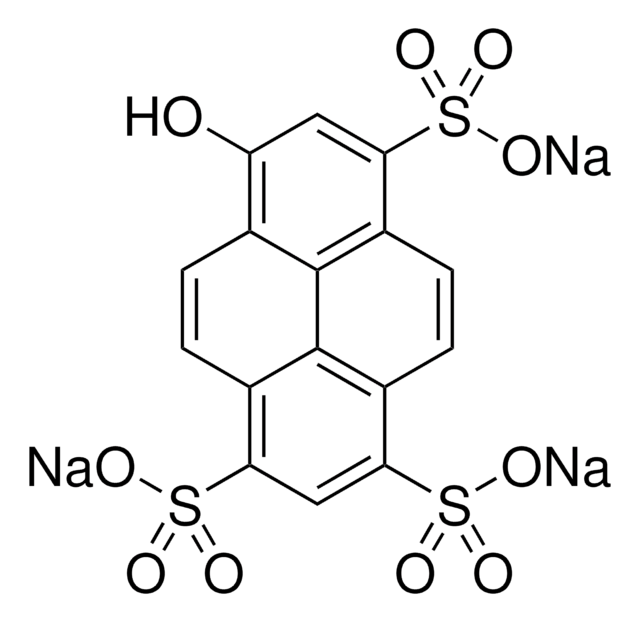Key Documents
A7506
L-Ascorbic acid
reagent grade, crystalline
Synonim(y):
L-Threoascorbic acid, Antiscorbutic factor, Vitamin C
About This Item
Polecane produkty
pochodzenie biologiczne
synthetic
Poziom jakości
klasa czystości
reagent grade
Próba
≥98% ( with iodine, titration)
Postać
crystalline
metody
HPLC: suitable
cell culture | stem cell: suitable
kolor
white to slightly yellow
pH
1.0-2.5 (25 °C, 176 g/L in water)
mp
190-194 °C (dec.)
rozpuszczalność
water: soluble 50 mg/mL
temp. przechowywania
room temp
ciąg SMILES
OC([C@]([C@@H](O)CO)([H])O1)=C(O)C1=O
InChI
1S/C6H8O6/c7-1-2(8)5-3(9)4(10)6(11)12-5/h2,5,7-10H,1H2/t2-,5+/m0/s1
Klucz InChI
CIWBSHSKHKDKBQ-JLAZNSOCSA-N
informacje o genach
human ... SLC23A2(9962)
Szukasz podobnych produktów? Odwiedź Przewodnik dotyczący porównywania produktów
Opis ogólny
Zastosowanie
- as a chondrogenic medium component for culturing bone-derived mesenchymal stem cells (BMSCs)(149)
- as a reference standard in high-performance liquid chromatography system (HPLC)(150)
- to test its effect on human gastric cancer GES-1 and AGS cells(151)
Działania biochem./fizjol.
Przestroga
Kod klasy składowania
11 - Combustible Solids
Klasa zagrożenia wodnego (WGK)
WGK 1
Temperatura zapłonu (°F)
Not applicable
Temperatura zapłonu (°C)
Not applicable
Środki ochrony indywidualnej
Eyeshields, Gloves, type N95 (US)
Certyfikaty analizy (CoA)
Poszukaj Certyfikaty analizy (CoA), wpisując numer partii/serii produktów. Numery serii i partii można znaleźć na etykiecie produktu po słowach „seria” lub „partia”.
Masz już ten produkt?
Dokumenty związane z niedawno zakupionymi produktami zostały zamieszczone w Bibliotece dokumentów.
Klienci oglądali również te produkty
Nasz zespół naukowców ma doświadczenie we wszystkich obszarach badań, w tym w naukach przyrodniczych, materiałoznawstwie, syntezie chemicznej, chromatografii, analityce i wielu innych dziedzinach.
Skontaktuj się z zespołem ds. pomocy technicznej





